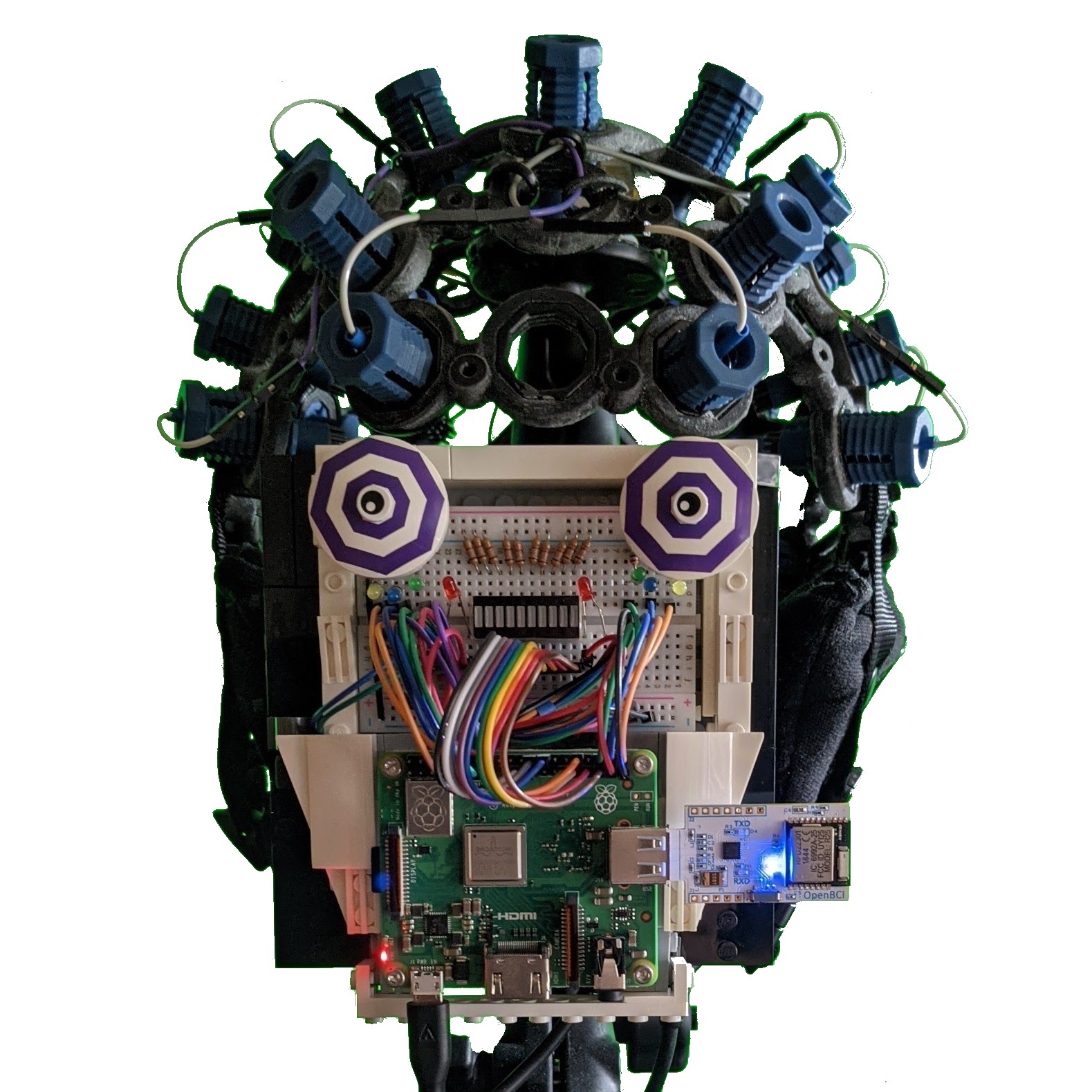

(Optionally) Add media scrapers and other add-ons. (I teach you more about ROMs later in this chapter, in the section “ Transferring ROMs to RetroPie.”) Here is the high-level overview of the RetroPie installation process:īoot the Pi and perform initial configuration. Let’s get right into the installation process, shall we? As it happens, the RetroPie image contains a number of other emulators (see for a comprehensive list), but I focus on RetroArch in this chapter.Įmulation Station ( ): This is the graphical front end for the RetroPie emulator suite its big advantages are customizability and the ability to control all the menus using only your gamepad (no keyboard or mouse required). RetroArch: This is the console video game emulator.

Raspbian: This, of course, is the underlying operating system.
#Joystick mapper raspberry pi software
However, to me the coolest thing about RetroPie is its SD card image, which consists of the following software layers: The RetroPie Project ( ) began as a way to answer the question, “Can we get the Raspberry Pi to play Super Nintendo Entertainment System (SNES) games using the original controllers?” For instance, the Raspberry Pi port of the RetroArch ( ) multi-system emulator enables the Raspberry Pi, with its ARM processor platform, to play video games from a number of classic video game systems, includingĬonsole video game emulation is really quite amazing when you understand that each and every retro video game console had its own proprietary hardware. In general terms, emulation refers to a computer running one processor architecture to pretend that it is actually a computer running another processor architecture. At right, the Nintendo Entertainment System (NES), introduced in 1985.Ī Word About Console Video Game Emulation For the uninitiated, the original console hardware is shown in Figure 13.1.įIGURE 13.1 At left, the venerable Atari 2600 Video Computer System (VCS), introduced in 1977. Although RetroPie supports the emulation of several classic video game consoles, I focus on the Atari 2600 VCS and Nintendo Entertainment System (NES) emulation in this chapter. The RetroPie Project ( ) initially started as a plan to turn the Raspberry Pi into a universal retro gaming console that used Nintendo Entertainment System (NES) controllers for input.
#Joystick mapper raspberry pi how to
I also show you how to configure the Pi to support joystick controllers.

In this chapter I use RetroPie as the software basis for this project. Therefore, it seems completely natural for us to consider the question of how we can convert the Pi into a retro video game station. As much as I enjoy my Xbox, nothing gets my blood pumping quite like firing up my favorite Atari, Coleco, and Mattel Electronics video games from the late 1970s and early 1980s.Īs you know from reading this book, the Raspberry Pi itself serves as a physical totem to 1980s microcomputing nostalgia. More specifically, I am a retro video game nerd. Let me be completely up-front with you: I am a total and unabashed video game nerd.


 0 kommentar(er)
0 kommentar(er)
